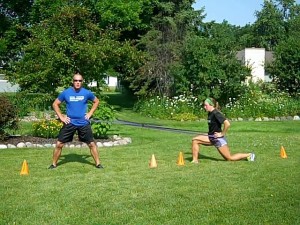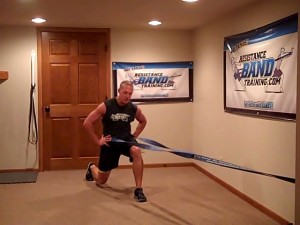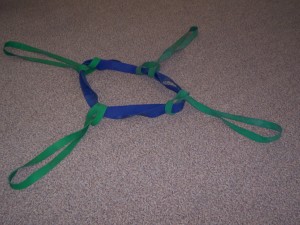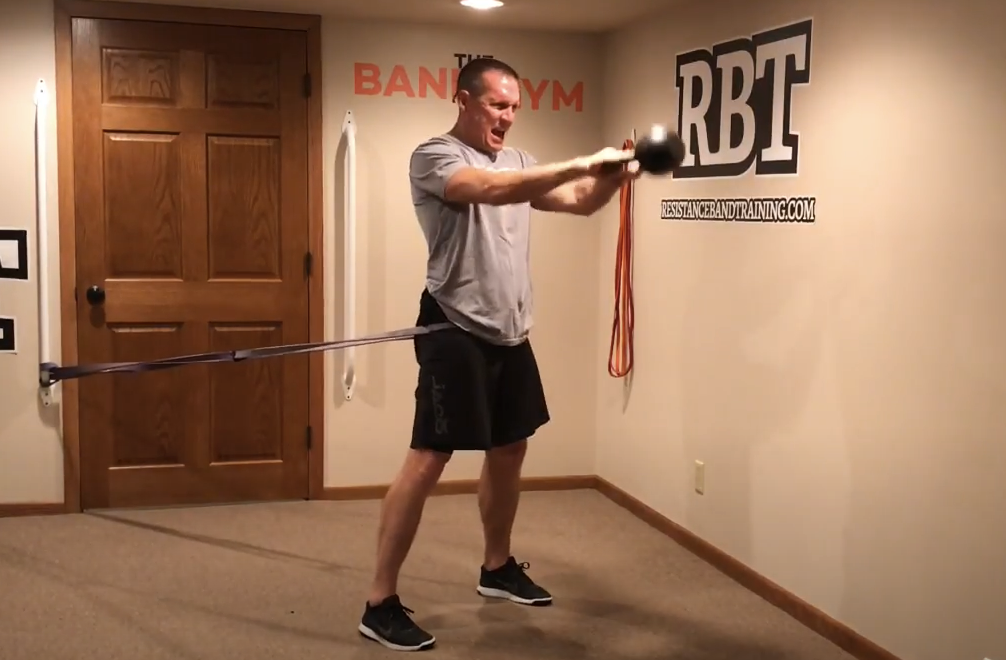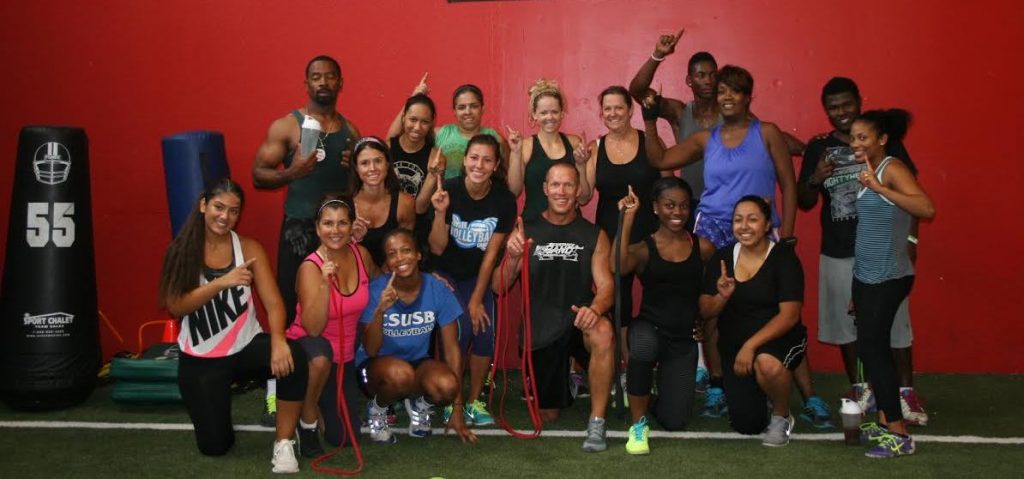Partner Attached Band Training Allows Attached Band Training to be Done Anywhere
Partner attached band training allows you to apply all the exercises and benefits of attached band training without the concern for an actual attachment point.
That means you now can…
- Do horizontal vector band training and the 100’s of exercises that come with that
- Train all forms of locomotion band training which anyone can do
- Train speed, agility and horizontal power for your summer speed camps
- Take your cable columns outside
Imagine being able to add in 100’s of exercises to your training programs and be able to do it anywhere.
This is what partner attached band training is going to provide you with that no other training tool can recreate.
The Keys to Successfully Incorporating Partner Attached Band Training
1. Teach holding first
By teaching how to hold first, you assure that the training person will have what they need to effectively workout. Plus, as the coach you now have to only concern yourself with half the group.
2. Teach attached band exercises independently first if possible
If as a coach you are able to teach attached band training exercises independently first, it allows individuals to learn without the concern of holding. Plus, programming is easier with independent attached band training since there is no transition time needed.
3. Use band resistance that guarantees success
Be sure to use bands that both partners can train with. In most cases, a linked-up setup will be used which will provide for a much greater spectrum of resistance making it more adaptable to almost all clients.
4. Provide 10 to 15 seconds for partner transition
To ensure that transition from training to holding is successful and not rushed, initially allow for at least 10 to 15 seconds of transition time which is also part of the recovery between sets.
5. Teach simple lunges and pulling exercises first
Horizontal vector lunges, split squats, pulling or squatting are all exercises that allow partners to see what each other is doing. This eliminates partner anxiety that can occur initially if blind exercises are chosen.
6. Don’t attempt to do partner attached band training exercises exclusively during the initial training session
When first implementing partner attached band training, only use a portion of the workout time initially. It will require about two or three training sessions to allow you to do a complete partner attached band training workout assuming this is the goal.
7. Partner train yourself first
As a coach, you need to train yourself first. Make sure you find a partner and perform one or two workouts before coaching your clients.
8. Keep movements simple
Don’t get fancy. The concept of training in a partner attached setup will be exciting enough. Attempting difficult or more advanced exercises will be too much to absorb for many clients during the first two or three partner attached band training sessions.
By following these keys, partner attached band training can easily be built into your training programs as stations or as the complete workout which I do on a weekly basis.
Here Are the 5 Easiest Exercises to Get You Started
The Ultimate Advanced Partner Attached Band Training Setup
Once your group has mastered partner attached band training, the next step will be to start Training in The RING. However, as exciting as Ring of Fire training may sound, this is an advanced training setup that can only be incorporated after partner attached band training has been mastered.
Therefore, let’s make you successful with partner attached band training first, then I will teach you how to Train in the Ring soon.

